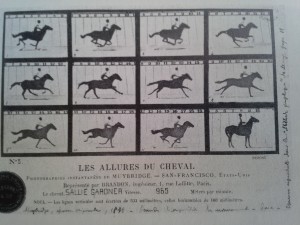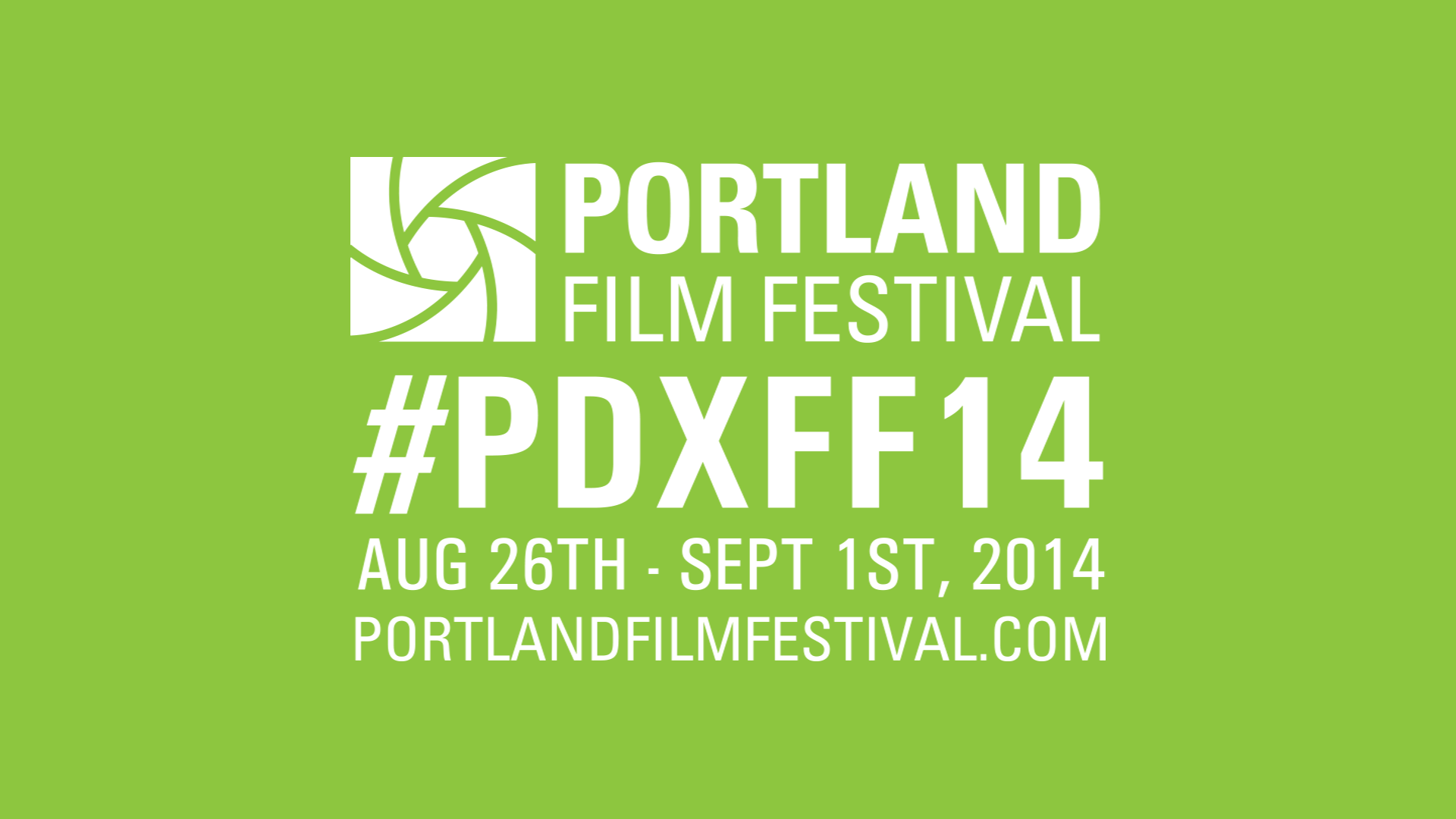
Muybrudge’s Horse
Did a trotting horse always have a foot on the ground?
Motion pictures has its roots in questions like these that became high dollar bets between tycoons. The mavericks that solved these questions are at the heart of film’ roots.
One of these mavericks was Eadweard Muybridge (1830-1904), an english immigrant known in the west as a wilderness photographer. His East coast reputation included fraud and murder but thats another story.
In 1878 Eadweard Muybridge experimented with a battery of cameras along side a horse track attaching spread threads to the contacts on each camera’s shutter. As the horse trotted by- successive frames of action were recorded settling a bet.
The Ghost Is The Machine
Muybridge had a sponsor for his work, the California railroad tycoon Leland Stanford. The money man had a side bet to settle. He was head strong in knowing whether or not the horse was air born mid stride.
In the next decade Muybridge made a hoopla over the potential of sequence photographs to show motion. These motion pictures he made like strong man picking up weights, gymnast in motion or woman walking down stairs( naked btw) although an attraction had little narrative. Like the magic lanterns before, the most famous of which is the Zoetrope a name Francis Ford Coppola will adopt in the 70s, the first motion images we’re gimmicks. The real story was the machines themselves.
Later, George Eastman (1854-1932) will invent Kodak Film and in New Jersey Thomas Alba Edison (1847-1931) a camera. Meanwhile in France the Lumiere Brothers, Auguste and Lois (1862-1954, 1864-1948) also invent a camera and begin filming.

EXT. TRACK
LELAND STANFORD, dark thick brows, full beard but well kept. He sucks on a fine cigar. His grey suit is stately and pressed. His eyes are a hard blue. He pulls on a gold chain and fishes for the shiny gold watch. After he checks the time he looks up at the horses in the distance beyond the far white railing as they enter the final stretch. The jockeys use their whips. Lelands hand takes gold match box from his vest and lights his cigar. The stands are nearly empty suggesting mid day, mid week. As he puffs he leans in to his cane then brings it up to examine its solid gold goose head handle. Nearby TWO WELL DRESSED BUSINESS Men Argue as the horses round the bend and head for the finish line.
Man one
It’s impossible I can see it. There is always one down.
MAN 1
No. There are always two touching.
He points out the horses as they finish. A voice comes from behind.
LELAND
Two what?
MAN 2
Hooves.
Leland bellows smoke and grips his cane.
LELAND
I think these horses do fly. I say No hooves down.
MAN 2
Impossible.
LELAND
Wanna bet?
Enter MUYBRIDGE. His battery of cameras. An audience on a sunny day in the stands dressed for the derby: big hats, pastel scarves kerchiefs, julip cocktails, fair skin.
It’s a period piece with flawed heroes, beautiful women, sport, an element of danger, greed, sex, show stopping galas and an ending with a pay off that makes history. An ending that is a beginning: it propels the moving image away from the magic lantern and towards celluloid.
